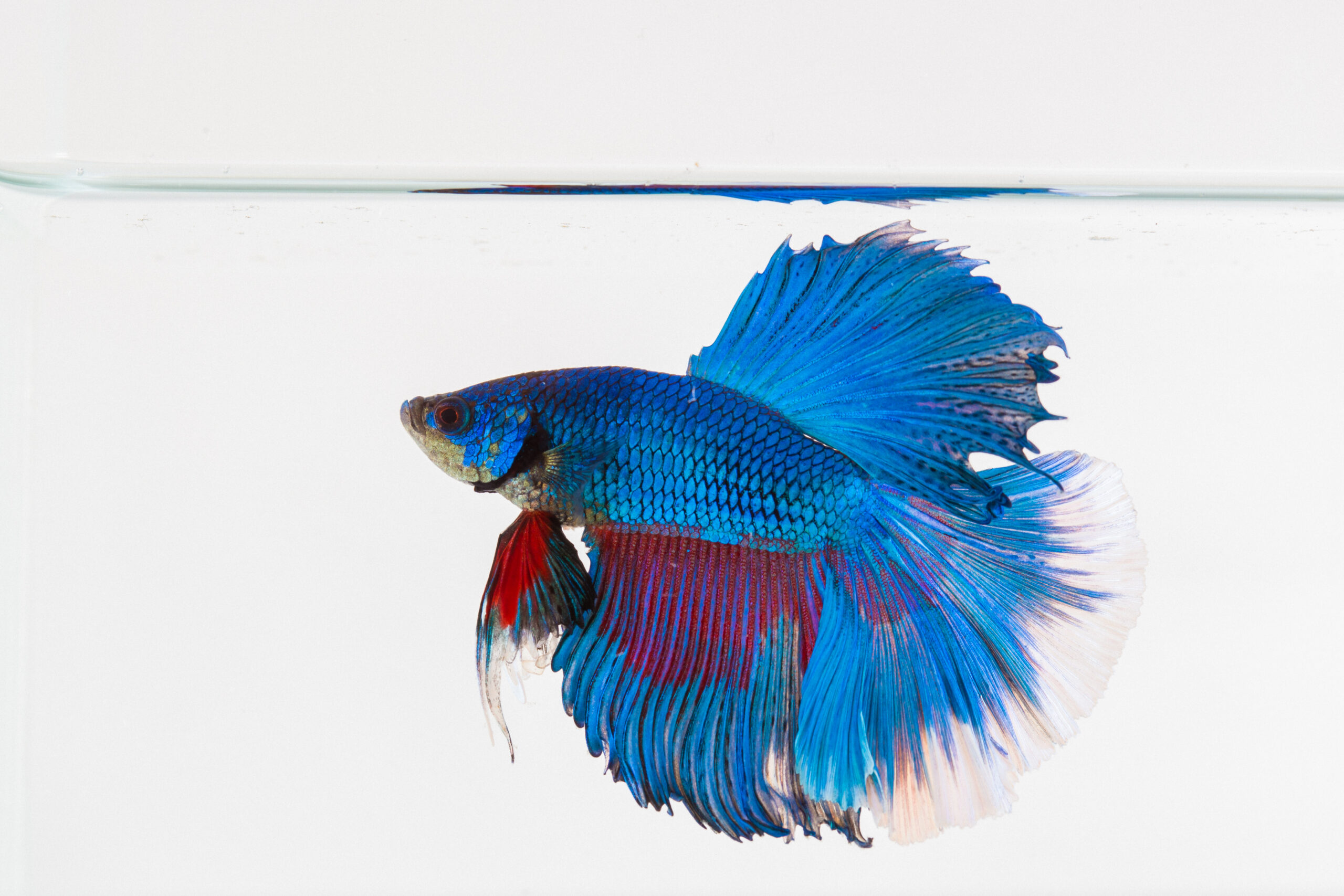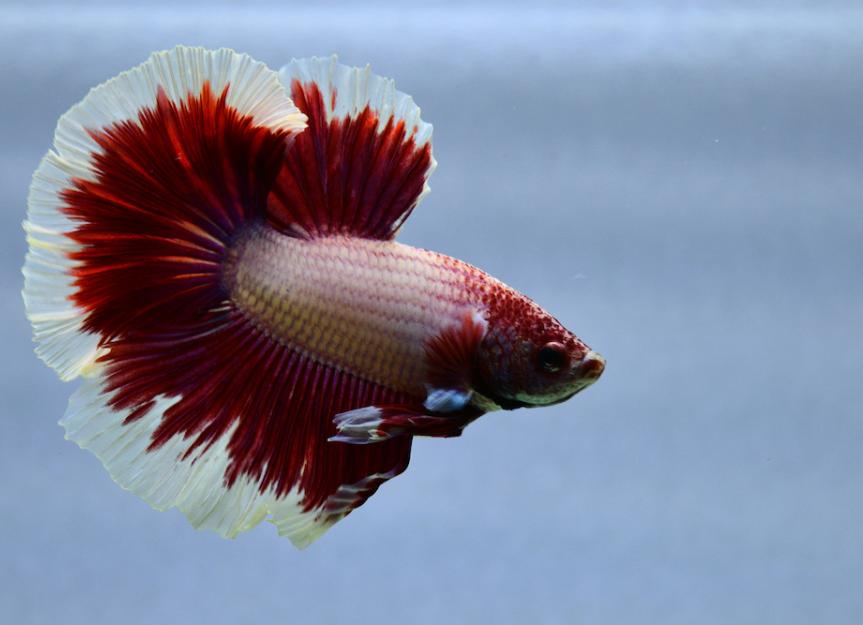Exactly How to Present Betta Fish to a Community Container Safely
Exactly How to Present Betta Fish to a Community Container Safely
Blog Article
Breeding Betta Fish: a Comprehensive Step-By-Step Guide to Efficiently Raising Infant Bettas From Eggs to Adulthood
Breeding Betta fish is a meticulous endeavor that calls for mindful preparation and implementation to ensure the successful development of fry from eggs to grow fish. Picking genetically varied reproduction sets with desirable features is just the beginning; producing an optimal environment and recognizing the ins and outs of the breeding process are similarly vital. As the male Betta faithfully constructs a bubble nest and guards the priceless eggs, the subsequent stages of care and transition demand interest to detail and expertise of finest techniques. How does one navigate the challenging yet satisfying course of nurturing these dynamic creatures to the adult years?

Selecting Reproduction Pairs
When starting the trip of reproducing Betta fish, choosing the best breeding pairs is critical to accomplishing desirable characteristics and a healthy and balanced lineage - betta fish. The first step in this process is to identify the particular traits you want to improve or preserve, such as color, fin type, and body form. It is vital to pick genetically diverse sets to stay clear of inbreeding, which can bring about health issues and undesirable attributes
Review prospective reproducing prospects thoroughly. A healthy male Betta should display vivid colors, an active behavior, and well-formed fins, while the female must likewise show lively pigmentation and a rounded tummy, indicating readiness for spawning. Observing the personality of both fish is vital, as hostile or overly shy people might not breed successfully.
Documentation of lineage is similarly crucial. Keeping documents of the parent fish's ancestry can assist you track genetic qualities and possible problems. Additionally, seek advice from reputable breeders or on-line sources for advice on selecting suitable pairs. Inevitably, investing time in the choice process will substantially boost the likelihood of generating solid, vibrant spawn that fulfill your reproduction objectives (betta fish).

Preparing the Reproduction Tank
Developing an ideal reproduction atmosphere is a key action after choosing suitable pairs for Betta fish. The reproduction tank need to be particularly made to offer convenience and promote the natural breeding behaviors of the fish. Start with a tank size of a minimum of 10 gallons to ensure ample space for both the male and women Bettas.
Maintain a gentle purification system to maintain the water tidy while preventing strong currents that can stress the fish. Furthermore, an air stone can be included in supply oxygenation without interfering with the water surface excessive.
Temperature level law is critical; goal for a stable series of 78-82 ° F(25-28 ° C) utilizing a dependable heating system. The pH degree should be maintained in between 6.5 and 7.5, and regular water modifications are required to make sure high water high quality.
Integrate drifting plants or spawning mops to create hiding areas for the female, while also encouraging bubble nest structure by the man - betta fish. Ultimately, make certain the tank is devoid of sharp decors and any possible threats, as the well-being of the fish should constantly be prioritized throughout this important phase of breeding.
The Reproduction Process
Typically, the breeding process for Betta fish includes a series of distinctive and observable actions that suggest preparedness for reproduction. The male Betta starts by constructing a bubble nest at the water's surface, which acts as a website for the fed eggs. This nest is critical, as it supplies a secure environment Full Article for the eggs until they hatch.
As soon as the nest is established, the man will show courtship actions, such as flaring his fins and exhibiting lively colors to bring in the female. The female, upon sensing the man's readiness, will certainly react by displaying upright stripes along her body, signaling her receptiveness.
The fertilized eggs after that drop to the bubble nest, where the male very carefully accumulates and returns them to the nest. Following this, the male assumes obligation for safeguarding the nest and making certain the safety and security of the eggs up until they hatch out, normally within 24-36 hours.
Caring for Betta Fry
Caring for Betta fry needs cautious focus to their environment and nutrition to make sure healthy growth and advancement. After hatching, Betta fry are incredibly little and susceptible, requiring a stable and tidy habitat.
Feeding Betta fry is just as vital. Initially, they should be provided infusoria or finely Extra resources smashed top quality fry food, as their mouths are too tiny to manage larger particles. As they expand, you can slowly present larger foods, such as child salt water shrimp or powdered flakes, to ensure they get sufficient nutrition. Feed them small amounts a number of times a day, bewaring not to overfeed, which can bring about water high quality problems.
Transitioning to Grownup Bettas
As Betta fry fully grown, transitioning them to adult Bettas is an essential stage that calls for cautious monitoring of their setting and social communications. This procedure normally starts when the fry reach around six weeks of age, at which point they can be slowly introduced to a more organized living environment.
To promote this change, it is vital to ensure that the water parameters-- such as temperature level, pH, and ammonia degrees-- are ideal and stable. Grown-up Betta fish flourish in cozy water (around 78-80 ° F) with a pH of 6.5 to 7.5. Slowly adjust the fry to these conditions to minimize anxiety.
Social interactions are another essential element; man Bettas are infamously territorial and aggressive. It is recommended to different men right into individual tanks as they grow. Women Bettas can be housed together, however care must be taken to monitor for indicators of aggression.
Additionally, nutritional modifications ought to be made as the fry expand. Integrate premium pellets and live foods to sustain their development and health. By handling these factors effectively, you can promote a click here for more successful change to their adult years for your Betta fish.

Final Thought
Successful breeding of Betta fish requires cautious focus to information throughout the entire procedure, from choosing genetically diverse sets to supplying optimal treatment for fry. Furthermore, a balanced diet plan and gradual adjustment to grown-up environments are critical for the growth and advancement of Betta fish.
Report this page